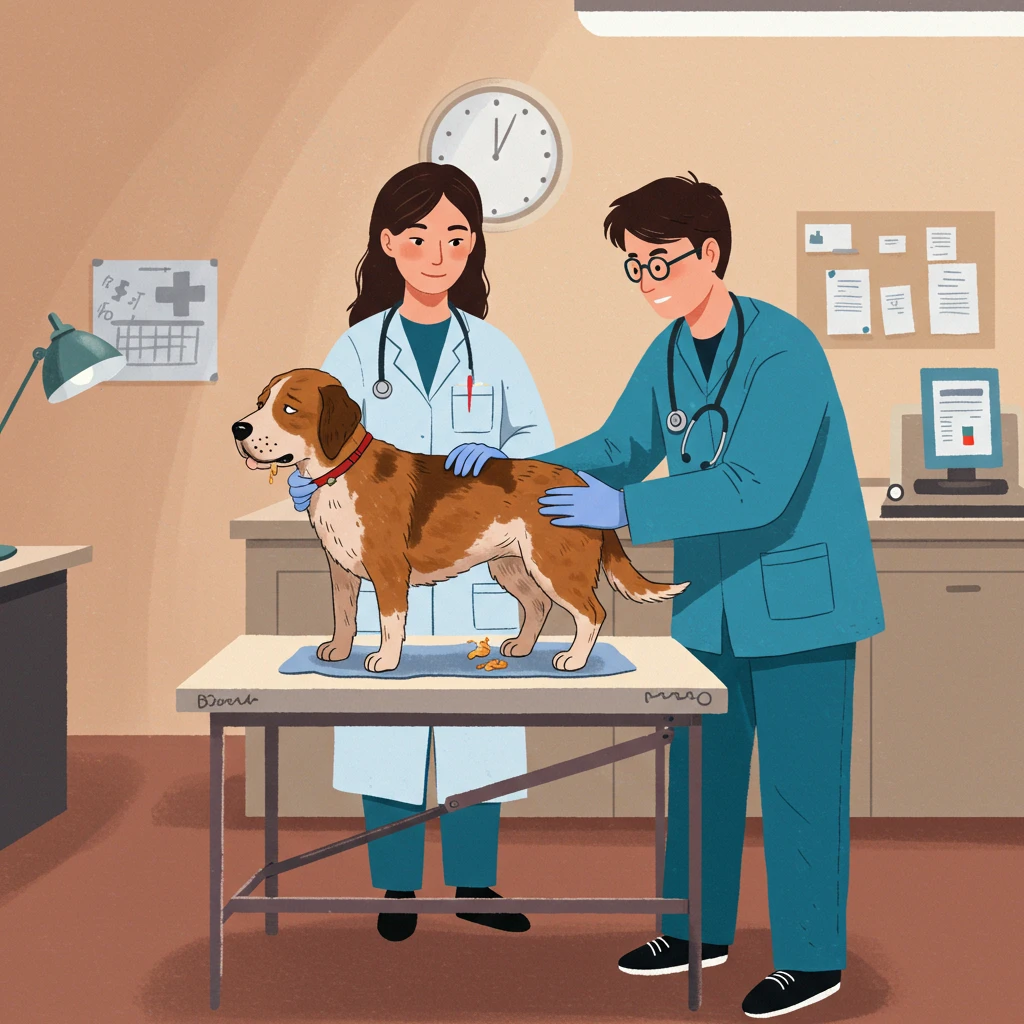Depression in dogs is a topic gaining increasing attention among pet owners and veterinarians alike. While several factors can contribute to this condition, environmental changes are often crucial triggers. Whether it’s a move, the arrival of a new pet, or even shifts in daily routines, these disruptions can affect a dog’s emotional well-being. This article will examine in detail how these changes can cause depression in our four-legged companions, providing concrete examples and best practices to help owners manage these situations.
Changes in Home Environment
Moving
Moving to a new home is one of the most stressful changes for a dog. Dogs become attached to their surroundings, and a change of residence can lead to feelings of insecurity and loss. New sounds, unfamiliar smells, and the absence of familiar landmarks can cause stress and, in some cases, depression.
Concrete Example
Take a Labrador named Max, for instance. His family moved from a house with a spacious yard to an apartment in the city. Initially, Max showed signs of stress: he was restless, barked frequently, and refused to play. Over time, his behavior deteriorated, and he began to withdraw, stopped eating, and slept more than usual. The novelty of the environment made him uncomfortable, and he developed a form of depression.
Arrival of a New Pet
Introducing a new animal into the household can also cause disruptions for an already established dog. This can create rivalries for attention, resources, or space, leading to additional stress for the animal.
Use Case
Imagine a Beagle named Bella, who had always been the only dog in the house. When a new puppy arrived, Bella began to show signs of jealousy. She became less sociable, retreating to a corner of the house and avoiding interactions with her family. Her eating habits and activity level also dropped, indicating signs of depression.
Changes in Daily Routine
Schedule Adjustments
Dogs thrive on routine. Changes in feeding times, walks, or playtime can disrupt their sense of security. This can happen with work schedule changes, vacations, or even seasonal shifts.
Examples
If an owner accustomed to walking their dog in the morning changes their schedule to evening walks, this can destabilize the animal. A dog that depends on its morning walks for socialization and exercise may become anxious and develop depressive behaviors.
Changes in Social Environment
Loss of a Companion
The loss of a human or animal companion can have a devastating impact on a dog. Sadness, boredom, and feelings of loneliness can quickly turn into depression.
Case Example
Consider a Bulldog named Rocky, who had always shared his life with a cat. When the cat passed away, Rocky began to withdraw, stopped playing, and showed little interest in activities he previously enjoyed. He also lost weight, prompting his owner to consult a veterinarian. The vet confirmed that Rocky was showing signs of depression following the loss of his companion.
Key Points and Best Practices
Recognizing Signs of Depression
It’s essential for owners to know how to recognize the signs of depression in their dog. Some indicators include:
- Changes in appetite
- Apathetic behavior
- Isolation or social withdrawal
- Changes in sleep patterns
- Aggression or irritability
Creating a Stable Routine
To help dogs adapt to changes, it’s crucial to establish a stable routine. This can involve:
- Regular feeding times
- Fixed walking times
- Daily play sessions
Offering a Comforting Environment
During major changes, it’s important to provide a reassuring environment. This can include:
- Creating a safe and comfortable space with their favorite toys
- Spending more time with them to strengthen your bond
- Using desensitization techniques to help them adapt to new situations
Consulting a Veterinarian
If signs of depression persist, it’s advisable to consult a veterinarian. They can offer tailored solutions, whether behavioral modifications, medical interventions, or behavioral therapy.
Conclusion
Environmental changes play a crucial role in the emotional well-being of dogs. Whether it’s a move, the arrival of a new pet, or shifts in daily routines, it’s vital to consider our companions’ emotional needs. By being attentive to the signs of depression and implementing strategies to facilitate transitions, owners can help maintain their dogs’ mental health and happiness. The key is understanding, patience, and support, so our four-legged friends can thrive, even in a constantly changing environment.
Are there any specific environmental changes your dog is currently experiencing that you’d like to address?







